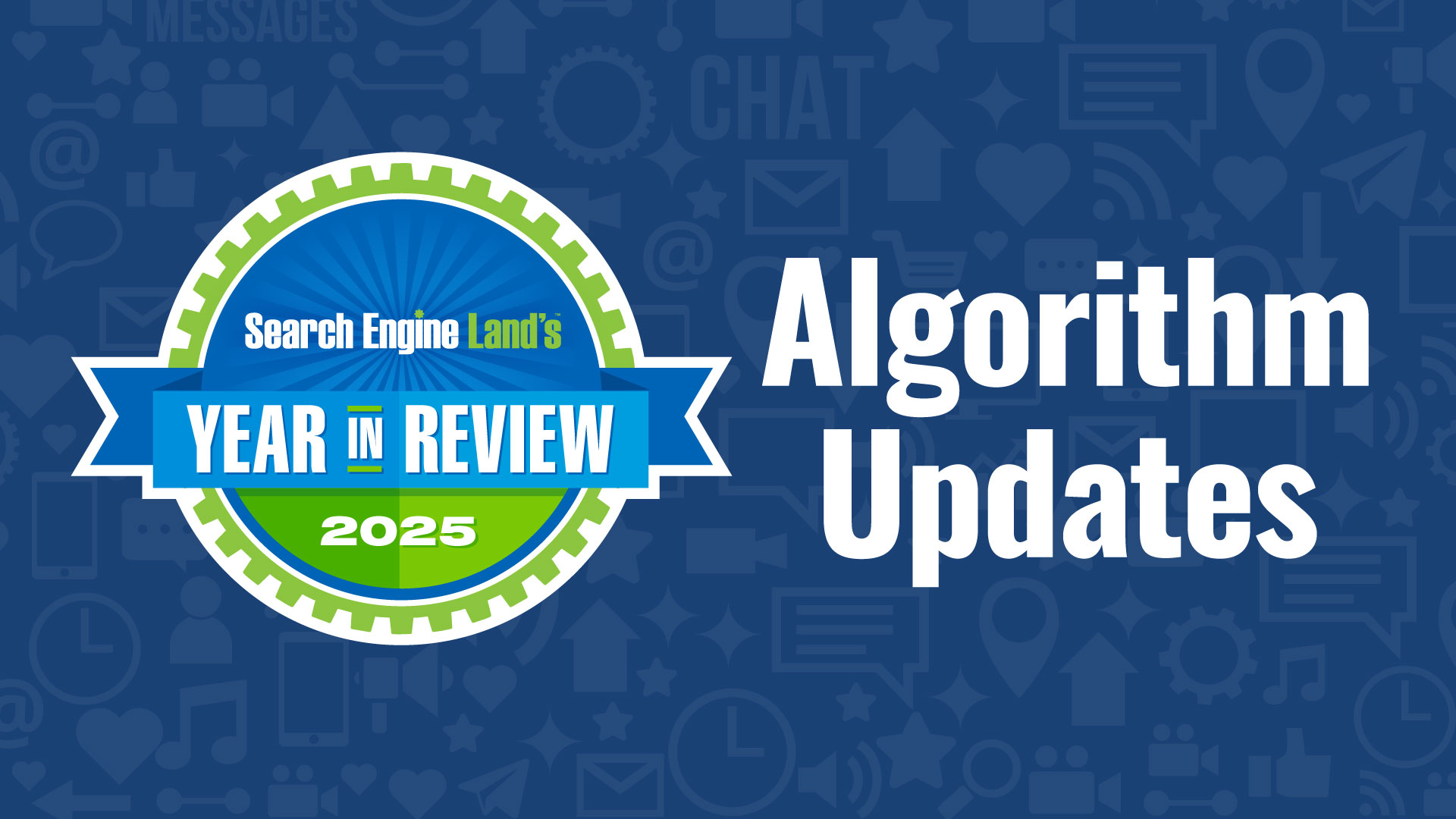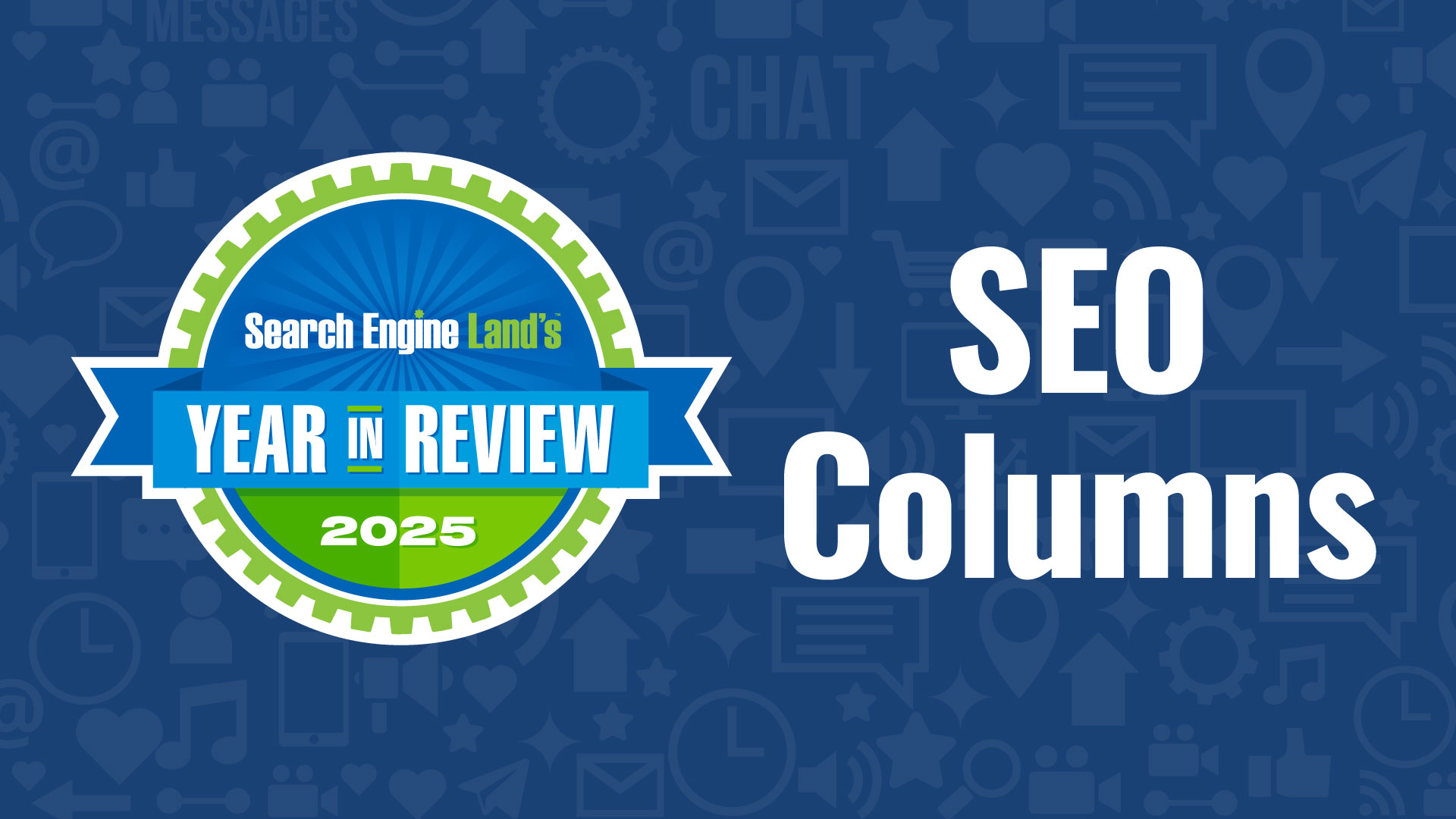4 initiatives to combat AI-driven SEO traffic losses
Dealing with an AI-related drop in traffic? Try digital PR, improve your SERP presence, partner with influencers and focus on conversion.
There seems to be a consensus in SEO that AI Overviews (AIO) and other AI-driven content will reduce traffic to external websites.
Even Google is open about AIO’s goal of keeping users on the SERP longer, which means more time with Google and less time with your business.
No matter how good your SEO strategy is, you’re likely heading toward (or already experiencing) erosion of traffic beyond your control.
That sucks. Point-blank, period.
OK, that’s done. Now, let’s talk about how to cope.
We’re leading our clients toward four main initiatives:
- Digital PR and content distribution.
- Adding trust signals in the SERP.
- Testing influencers.
- Leaning into CRO.
Here’s how we’re approaching each.
1. Digital PR and content distribution
For many brands, Google is the primary platform for their content distribution.
If you’re in that boat – and even if you’re dutifully adapting and cross-posting your content on LinkedIn, YouTube, etc. – it’s time to get more resourceful on the distribution piece.
If you have a PR team or vendor, that would be great. They should already be well-versed in getting your experts’ thoughts and bylines placed on third-party platforms.
Even if you don’t, there are grassroots ways to use digital PR to get on the radar of your industry’s key publications and outlets.
First things first: develop a list of the outlets, influencers, journalists, etc., with whom you want to build a relationship.
I’m sure you already have a shortlist of resources, but you can supplement that by setting up alerts for mentions of competing brands and seeing who’s writing or talking about them.
Google pushes high-value content with its E-E-A-T guidelines, including:
- Proprietary research and reports.
- Expert POVs.
- Deep technical dives.
These types of content should also be the kind of content that can pique a journalist’s interest.
Just make sure any outreach is centered around what your content can do to engage their readers instead of promoting your brand or service.
Even if what you’re pushing isn’t what a journalist is looking for, it’s important to get on their radar; building relationships should be viewed as a long-term strategy.
Eventually, effective approaches can result in mentions, backlinks, social media shout-outs and earned placements – all powerful ways to build your brand.
One last tip here: don’t forget your readers and the role they can play in grassroots brand-building.
Make sure your content is both worth sharing and easy to share – down to visible social media icons and prompts for the reader to engage.
Dig deeper: How to use digital PR to drive backlinks and business growth
2. Adding trust signals in the SERP
Since we’re talking about less real estate (and/or less prominent real estate) in the SERP, one way to maximize that is to make sure you’re leaning on social proof and trust signals to encourage the user to click on your link, not your competitors.
This means potentially testing words like “top,” “best,” “trusted,” etc. in your metadata and claiming and optimizing your brand’s knowledge panel, among other initiatives.
You should be leveraging these best practices anyway, but since we’re competing for fewer clicks, maximizing your opportunities is important.
Dig deeper: Top 10 SEO benefits of building a brand that people trust
3. Testing influencers
If you’ve ever been curious about testing influencer marketing, now would be a great time to get serious.
The more people in your space talking positively about your brand, the more traffic you’ll get from non-Google sources, the bigger brand halo you’ll build and the more fodder you’ll give Google for brand-related AIOs.
Influencers must be considered when building and protecting your brand’s reputation in the SERP.
Dig deeper: How to ensure influencers help your SEO campaigns
4. Leaning into CRO
Great SEO is about business impact, not just engagement (impressions, clicks, rankings).
That means introducing people to your brand and bringing them to your site is only half the job.
Along with using conversion rate optimization (CRO) tools, heatmaps, etc., try initiatives like testing different options and CTAs to see if any move the needle.
Make sure your prescribed next steps align with the user’s intent. Don’t ask them to sign up for a demo if they just met you on a top-of-funnel query.
Once you start gathering data for deeper-funnel metrics, you can identify high-converting and high-traffic, low-converting pages.
For the former, try to replicate the formula for conversion on other similar pages and see if there are any good opportunities to optimize that page further.
Even if it just gets you a few more clicks in the new SERP. For the latter, prioritize tests and adjustments that can help you drive more impact from the traffic you’re already getting.
Dig deeper: Driving traffic but not leads? How to win with SEO and CRO
Thriving despite AI-induced traffic drops
Only time will tell how AI will impact search traffic.
You can throw up your hands and wait to see what happens, or you can get proactive and take mitigating measures to bolster the ultimate impact of your SEO campaigns.
Contributing authors are invited to create content for Search Engine Land and are chosen for their expertise and contribution to the search community. Our contributors work under the oversight of the editorial staff and contributions are checked for quality and relevance to our readers. Search Engine Land is owned by Semrush. Contributor was not asked to make any direct or indirect mentions of Semrush. The opinions they express are their own.


